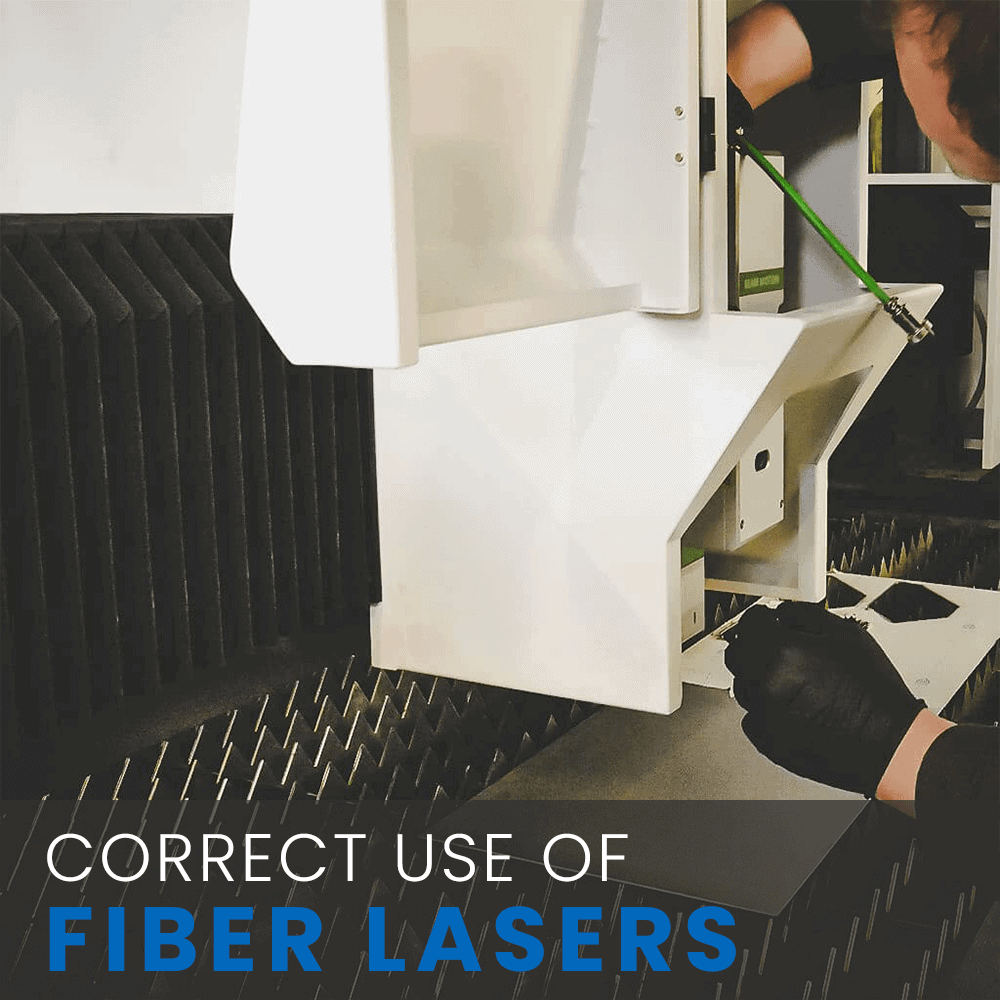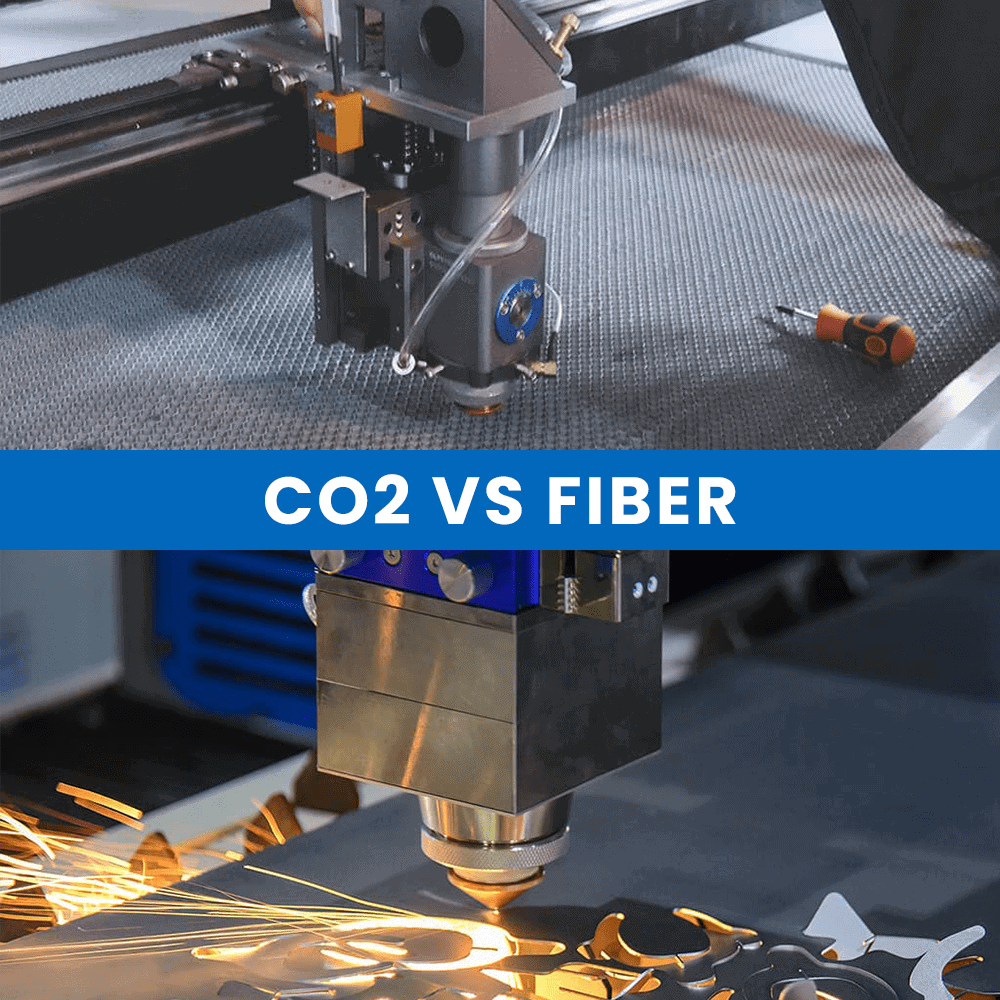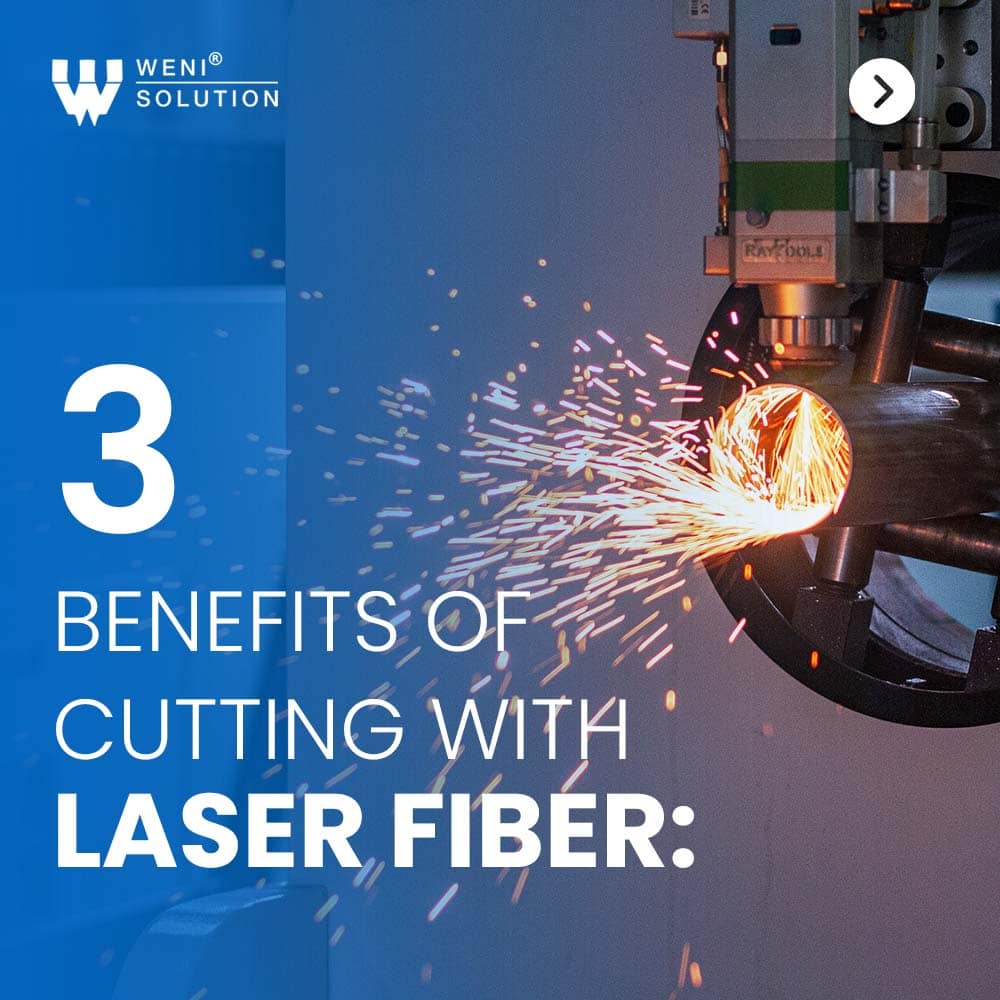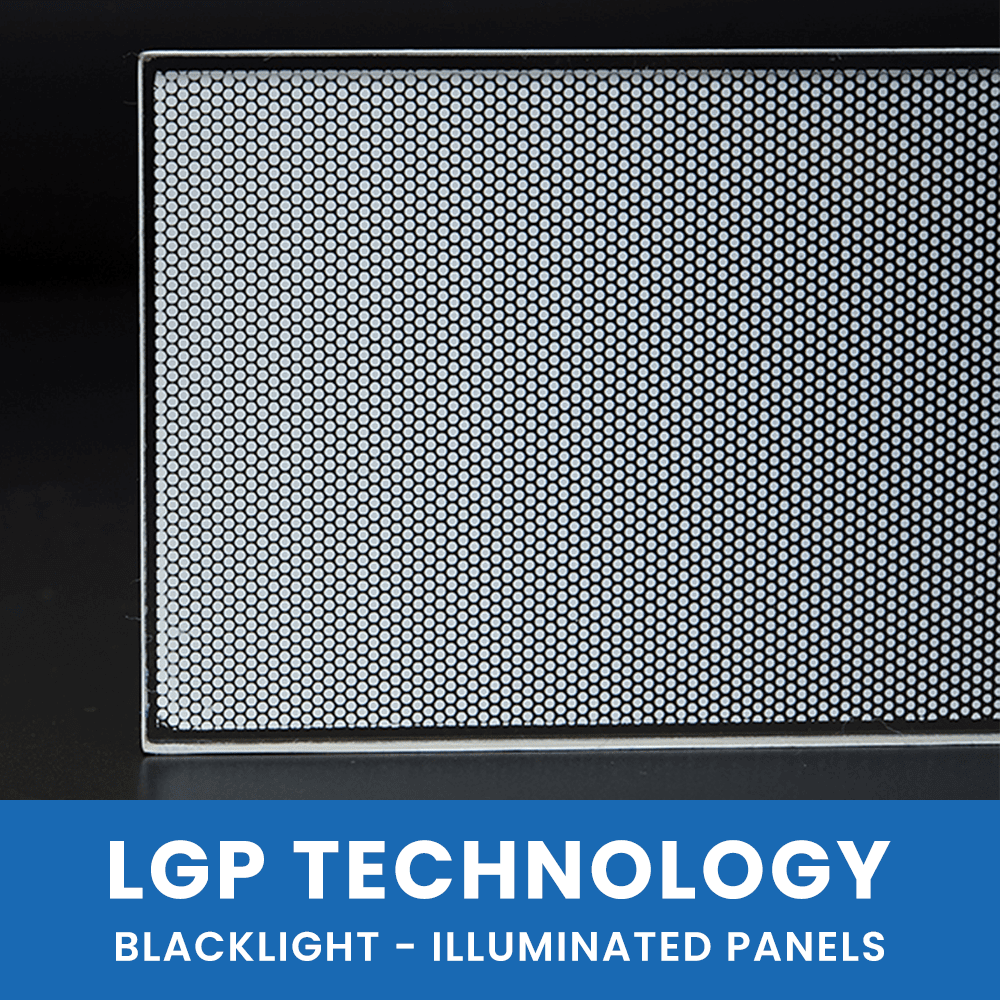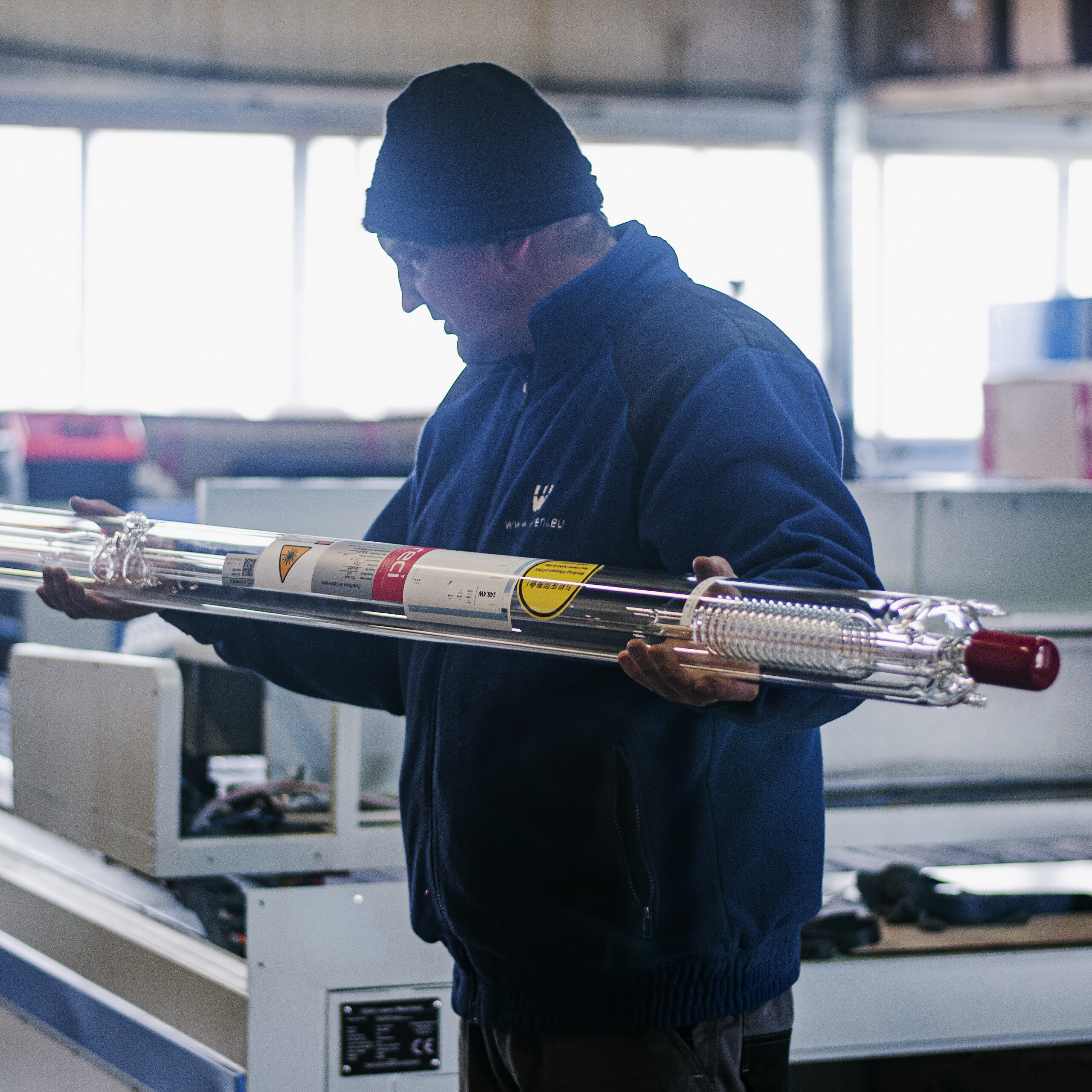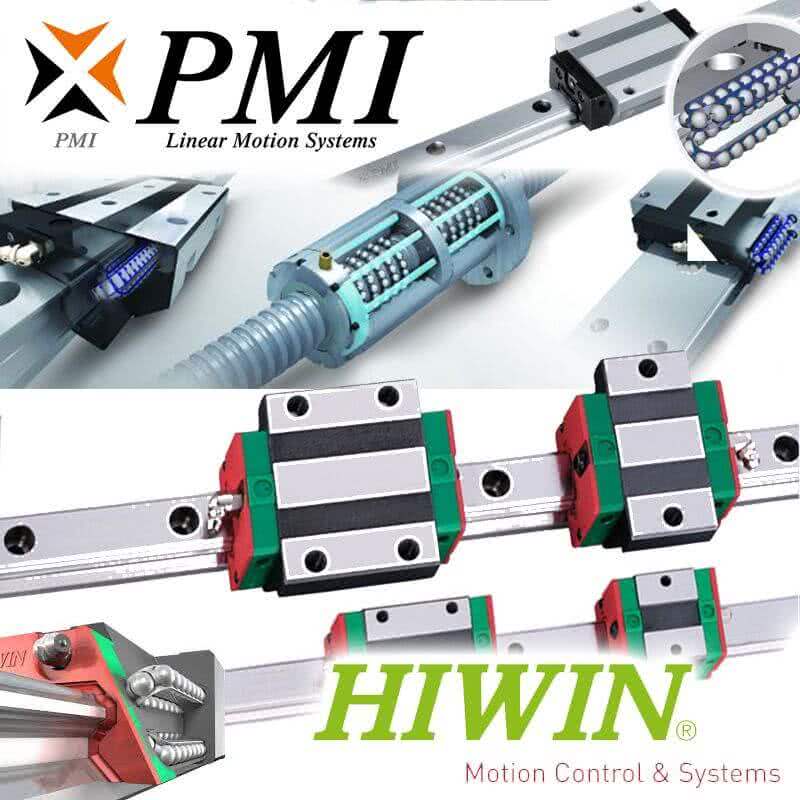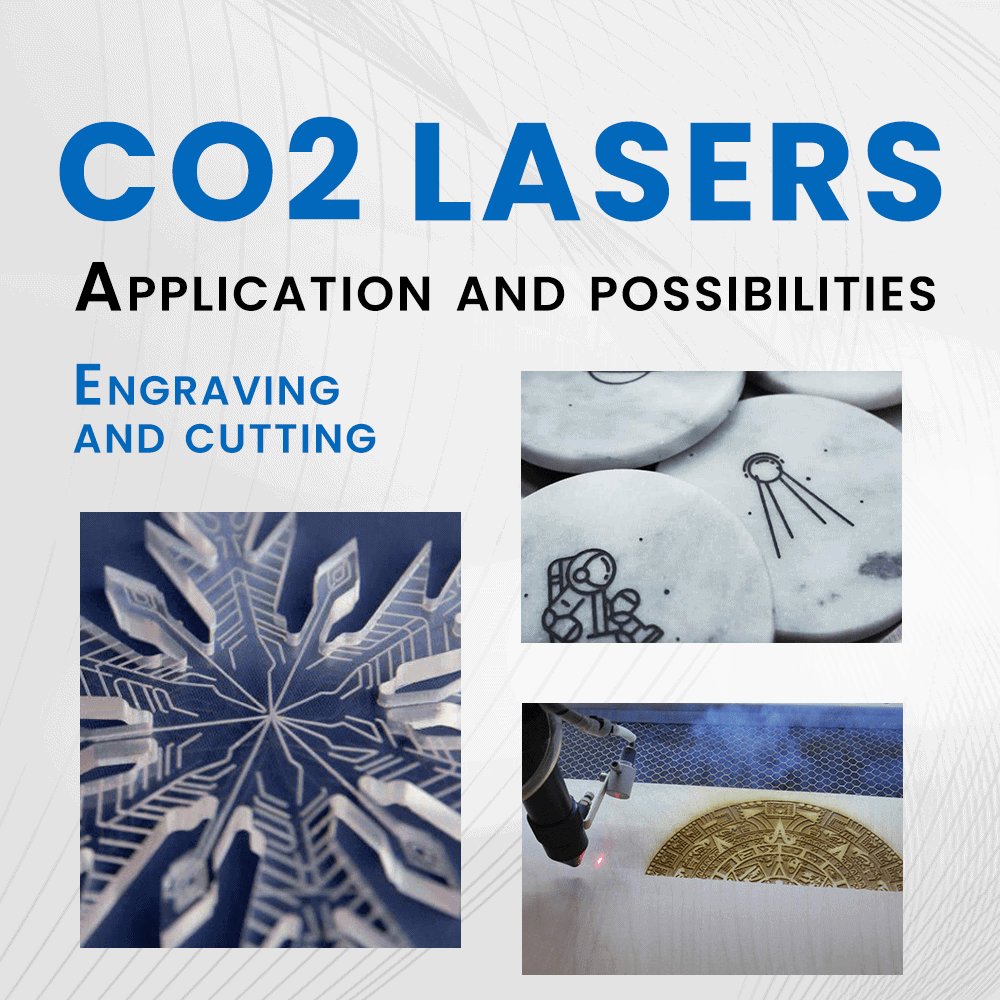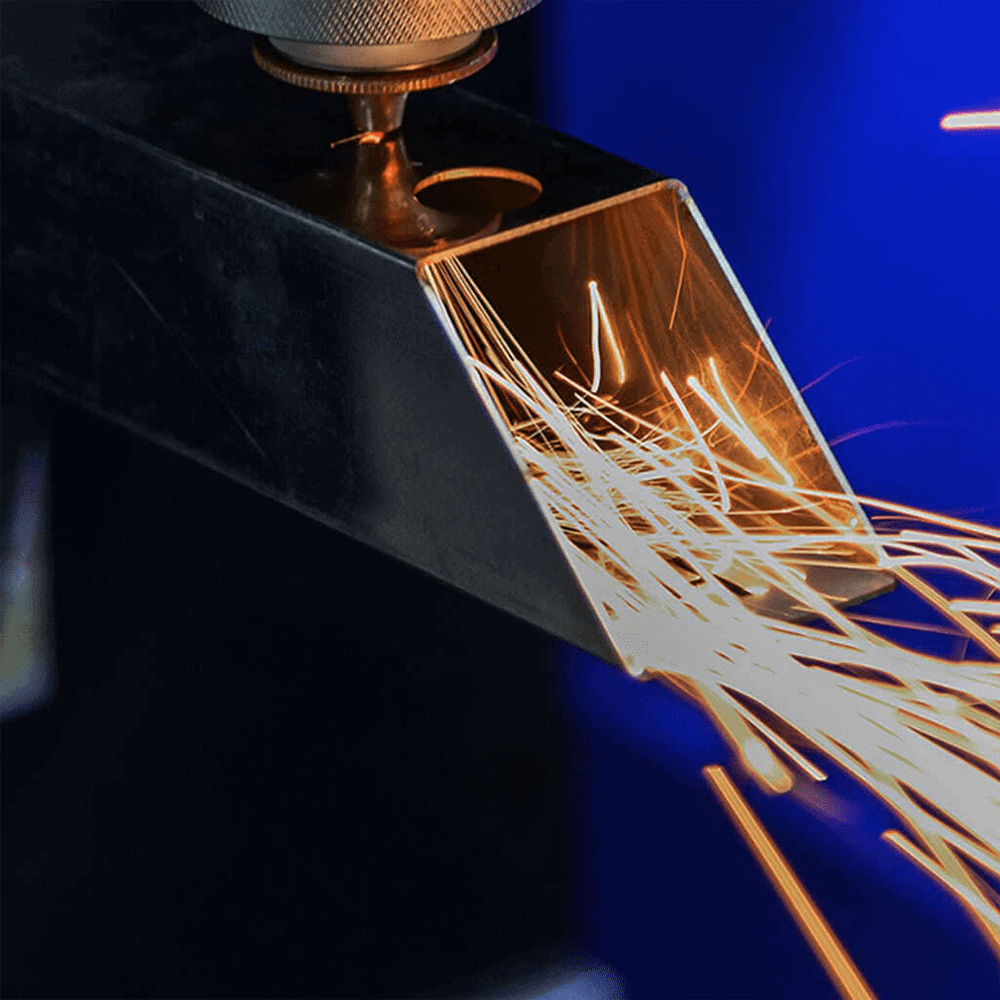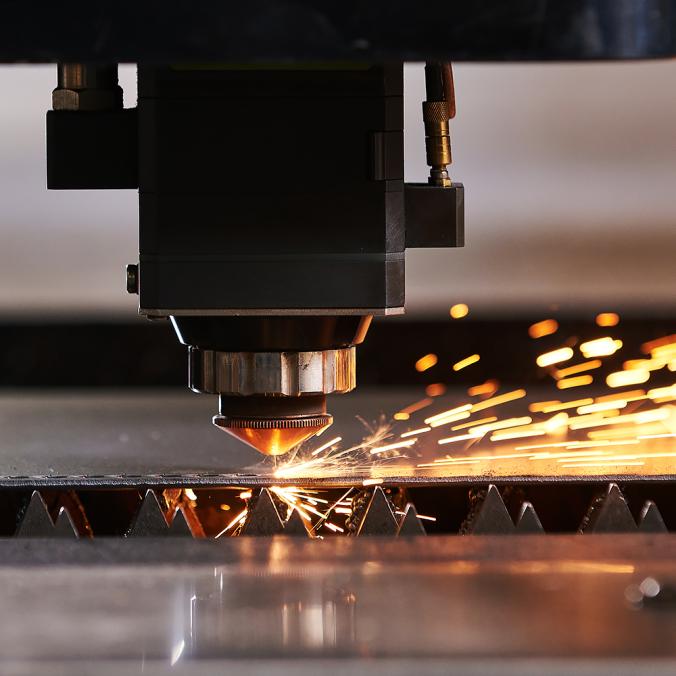Laser welding is one of the most modern methods of joining metal materials. It is much more efficient and versatile than traditional TIG, MIG/MAG or MMA welding.
It is distinguished primarily by its ability to weld thin and small parts without the formation of dents and deformations. This is possible mainly due to the relatively low temperature of laser welding - heat conduction to the material is therefore minimal. This is especially important, for example, in the jewelry industry or when welding electronics.
With the right choice of parameters, laser welding makes it possible to achieve an aesthetically pleasing, durable weld of excellent quality. In addition, the welding process itself is much faster than in traditional methods.
How does the laser welding work?
Laser Beam Welding (LBW) involves fusing materials together using a concentrated beam of high-power density light.
In the laser welding process, there is no need to use a binder, just the laser beam itself. It is also possible to add welding wire to fill the weld to reduce the thermal effects in the liquid metal pool.
Laser welders offer a myriad of capabilities, including allowing butt, spot, overlap, and surfacing welding. These devices can create narrow, strong welds with deep fusion. They are also used for joining thin-walled workpieces, and offer the possibility of creating welds that do not require additional processing.
| Advantages of laser welding: | |
|---|---|
| High welding speed | Excellent weld quality |
| High precision and accuracy | Clean process, no splatter |
| Very narrow SWC (heat affected zone) | High power density |
| Narrow, repeatable welds of any shape | Ability to join materials that are difficult to weld |
| Device performance and low operating costs | Ease of maintenance and operation of the device |
| Ability to weld very thin materials without distortion | Welding also without binder (filler material) |
| Disadvantages of laser welding: | |
| Increased sparking when welding certain materials (for example, copper) | |
| Requires maintaining appropriate safety standards | |
| The cost of the initial investment in the device | |
| Limited thickness of welded material | |
What can be laser welded?
Laser welding can be used to join a wide range of materials, including structural steel, alloy steel, low-alloy steel, carbon steel, duplex, aluminum, copper, titanium, nickel, magnesium, refractory metals and chemically active metals.
Laser welding also enables unusual connections, such as aluminum to aluminum.
With a convenient hand-held head and the ability to create welds of any shape, laser welders are versatile devices that can be used in many fields. For example, they will find use in welding electronics. They are also popular in other industries - automotive, aviation or jewelry. They are also used by the medical, dental, photovoltaic or even shipbuilding industries. Examples of components produced using the laser welding method include sensors, radars or pump and starter housings.
| Laser welding parameters: | |
|---|---|
| Continuous laser beam power in [kW] | The longer the beam duration, the greater the depth of the joint remelting |
| The pulse energy of the laser light in [kJ] | its duration in [ms] and repetition rate for pulse welding in [Hz] |
| Welding speed in [m/min] | the higher the speed, the lower the depth of melting |
| The focal length of the laser beam in [mm] | the depth increases with the length |
| The average of the laser beam in [mm] | is between 0.3 and 0.4 mm |
| The position of the focus of the laser beam relative to the junction in the [mm] | - |
| Type and flow rate of protective gas in l/min | - |
Shielding gases in laser welding
The use of protective gases is very important in the laser welding process. The shielding gas protects the liquid metal from the harmful effects of air. It enables the highest quality of cutting to be maintained and increases the productivity of the process. It also reduces the heat-affected area and affects the appearance of welds.
What gases to use when laser welding?
Helium (He) - protects very well against oxidation of steel, is characterized by high ionization energy, helps in obtaining smooth and uniform welds. Unfortunately, it is one of the more expensive gases.
Argon (Ar) - protects very well against oxidation of steel, the cost of using the gas is much lower than for helium. Requires proper nozzle positioning relative to the radius.
Nitrogen (N) - helps achieve deeper weld remelting than, for example, helium, the cost of operation is very low. It requires accurate setting of parameters, with inadequate ones the weld is sometimes uneven.
Carbon dioxide (CO2) - helps produce smooth welds, good for welding low-carbon steels, very low operating costs. It does not protect against oxidation of steel.
Weni Solution laser welders
We offer two models of laser welding machines. The basic version WS-EWL and 3-in-1 welder - model WS-CWM with cleaning and laser cutting function. Why opt for a Weni laser welder?
Find out in our post.
Laser welding requires all safety standards to be maintained. The laser beam poses a danger especially to the eyesight, so it is necessary to use special safety glasses for working with the laser. They can be purchased from our
Weni Store online store.
Do you have any questions? Contact us:
By email: [email protected]
By phone: +48 77 433 71 30 (Mon-Fri 8am-4pm)
Through the form
available on our website


